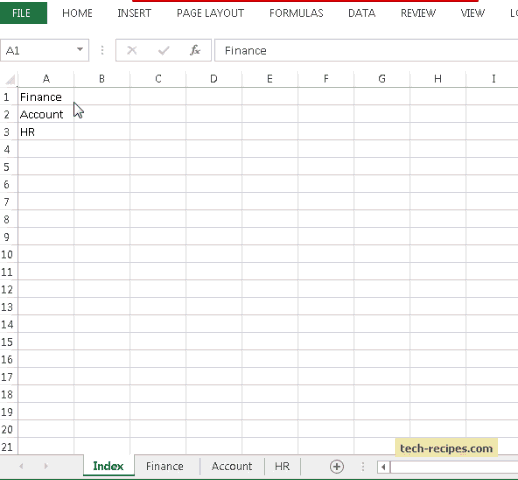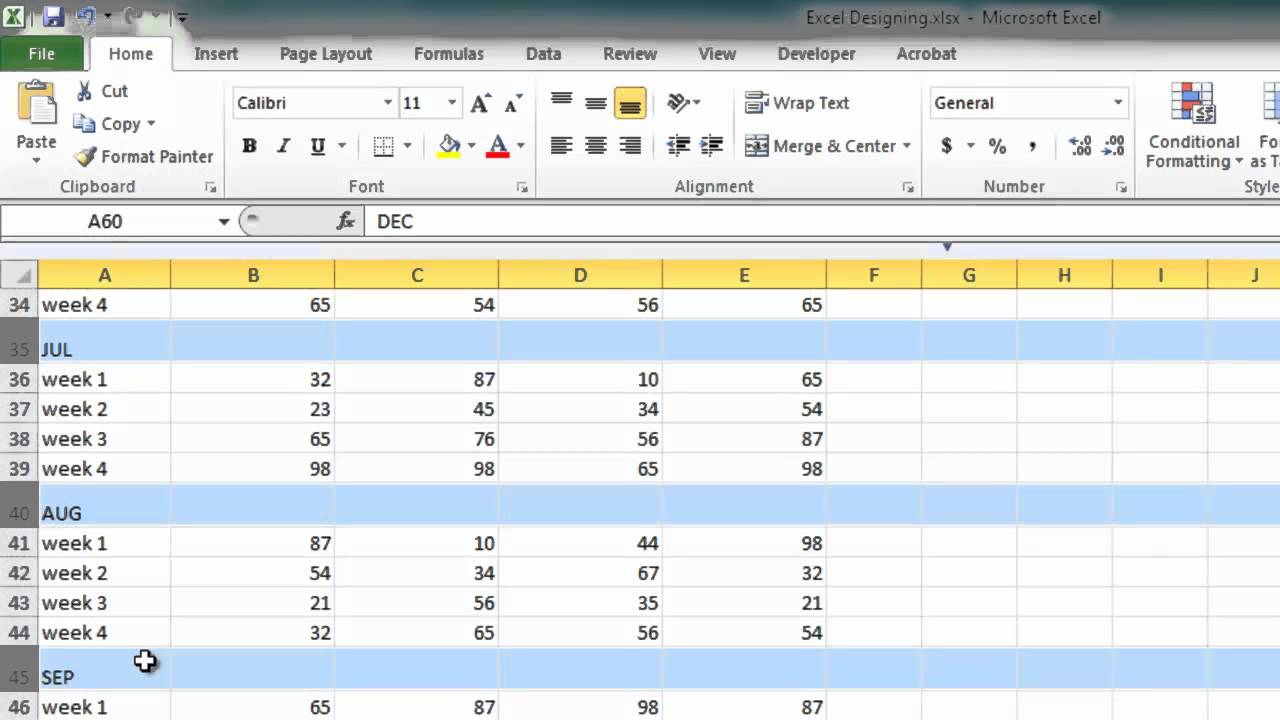5 Steps to Create a Master Sheet in Excel

The Importance of a Master Sheet

In today's data-driven environment, managing vast amounts of information efficiently is crucial for any organization. Whether you are a small business, a medium enterprise, or a large corporation, the use of spreadsheets like Microsoft Excel for data analysis and management is ubiquitous. A master sheet in Excel serves as a central repository where all crucial data is stored, updated, and maintained. It acts as the backbone for reporting, analytics, and operational decision-making. Here's why crafting an effective master sheet is essential:
- Consistency and Standardization: A master sheet helps in maintaining a uniform data format, reducing errors in data entry, and ensuring consistency across various reports.
- Centralized Data Storage: Instead of multiple scattered files, having one master document means you can manage data more effectively.
- Real-Time Updates: With features like data validation and conditional formatting, updates to the master sheet can be reflected in real-time, aiding in quick decision-making.
- Scalability: As your business grows, a well-designed master sheet can grow with it, incorporating new data fields or sheets as required.
Step 1: Define the Purpose and Scope

Before diving into Excel, you need to outline what you're aiming to achieve with your master sheet:
- Identify the key data sets you will be handling.
- Determine who will use the master sheet and for what purposes.
- Establish the time frame for data entry (daily, weekly, monthly, etc.).
💡 Note: Taking the time to define the purpose helps avoid unnecessary complexity and makes the master sheet more focused and user-friendly.
Step 2: Plan Your Data Structure

With the purpose defined, the next step is to structure your data:
- Identify Data Categories: Break your data into manageable categories like sales, inventory, employee details, etc.
- Set Up Logical Relationships: Understand how different data sets are related (e.g., sales data might be linked to customer details).
- Define Naming Conventions: Establish consistent naming for columns, sheets, and files to ensure clarity and ease of reference.
Here's an example of how you might organize your master sheet:
| Sheet Name | Purpose | Columns |
|---|---|---|
| Customers | Track customer information | ID, Name, Contact, Address, Last Purchase Date, Total Spent |
| Sales | Record sales transactions | Transaction ID, Date, Product, Customer ID, Quantity, Total Value |
| Inventory | Inventory management | Product ID, Name, Quantity on Hand, Quantity Sold, Reorder Level |

Step 3: Set Up Your Excel Workbook

With your planning done, it's time to create the actual workbook:
- Create Sheets: Add sheets for each data category.
- Header Setup: Ensure that each sheet has descriptive and clear headers.
- Formatting: Use cell formatting for clarity, like making headers bold or applying color to distinguish between data categories.
🗣 Note: Consistency in formatting across sheets makes navigation easier and reduces user error.
Step 4: Implement Data Validation and Protection

To ensure data integrity, follow these steps:
- Data Validation: Set up rules for data entry (e.g., only accept certain types of input or values within a range).
- Protect Sheets: Lock cells or entire sheets where data should not be altered except by specific individuals.
- Password Protection: If necessary, password-protect the workbook or specific sheets to prevent unauthorized changes.
Step 5: Regular Updates and Maintenance

A master sheet is not a one-time setup; it requires ongoing maintenance:
- Regular Data Entry: Schedule times for regular data updates.
- Data Backup: Regularly back up your Excel file to avoid data loss.
- Review and Audit: Periodically review the data for accuracy and make necessary adjustments.
- Share with Stakeholders: Ensure the master sheet is accessible to those who need it for decision-making or reporting.
In sum, creating and maintaining a master sheet in Excel involves understanding its purpose, structuring data logically, setting up the workbook for usability and security, and ensuring it remains current through regular maintenance. This process can significantly enhance your data management, providing a solid foundation for various analytical tasks and decision-making processes within an organization.
Can multiple users update a master sheet simultaneously?

+
Yes, by saving the workbook on a cloud storage service like OneDrive or SharePoint, multiple users can access and update the Excel sheet at the same time. Excel provides version history and real-time co-authoring features to manage this.
How do you handle errors in data entry?

+
Excel can be set up with data validation rules to prevent incorrect entries. Additionally, you can use error checking tools or conditional formatting to highlight potential errors for correction. Regular audits and training on proper data entry procedures also help minimize errors.
What’s the best way to manage a large master sheet?

+
For managing large datasets in Excel, consider these strategies:
- Use tables for dynamic data expansion.
- Implement pivot tables for summarizing large data sets.
- Break down data into multiple sheets linked via formulas.
- Utilize Power Query for data extraction and transformation.



